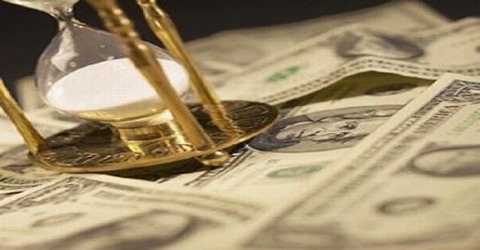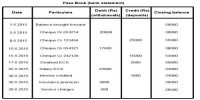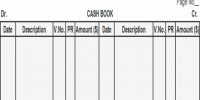Noting and Protesting of bill of exchange
If a bill is dishonoured, the drawer may move toward the court, and file a suit alongside the drawee. Noting is a convenient mode of authenticating the fact that a bill or note has been dishonored. Protest, when an instrument is dishonored, the holder may cause the fact not on by to be noted, but also to be certified by a Notary Public that the bill has been dishonolired.
In order to assemble documentary proof, the drawer may move toward a lawyer and give details the information of the dishonor of the bill. The lawyer will take the bill to the drawee and ask for the payment. If the drawee does not create the payment, the lawyer will note the statement of the drawee and get the statement signed by him. The lawyer will then put his signature. The statement noted by the lawyer will be the documentary proof for the dishonour of the bill. Writing this statement by the lawyer is known as noting of the bill. The lawyer performing this work of noting the bill is called as the ‘Notary Public’. A notary public is an official appointed by the Government.
After recording a note of dishonour on the dishonoured bill, the Notary Public issues a certificate to this effect which is called protest. A protest is a credential issued by the Notary Public attesting that the bill has been dishonoured.














